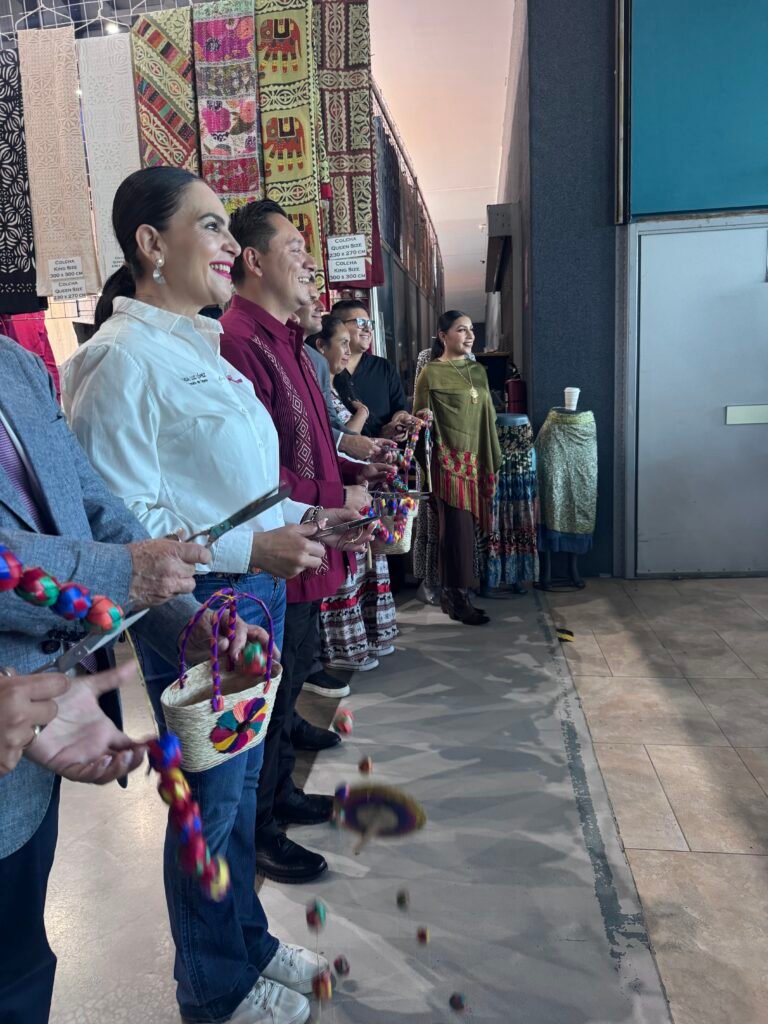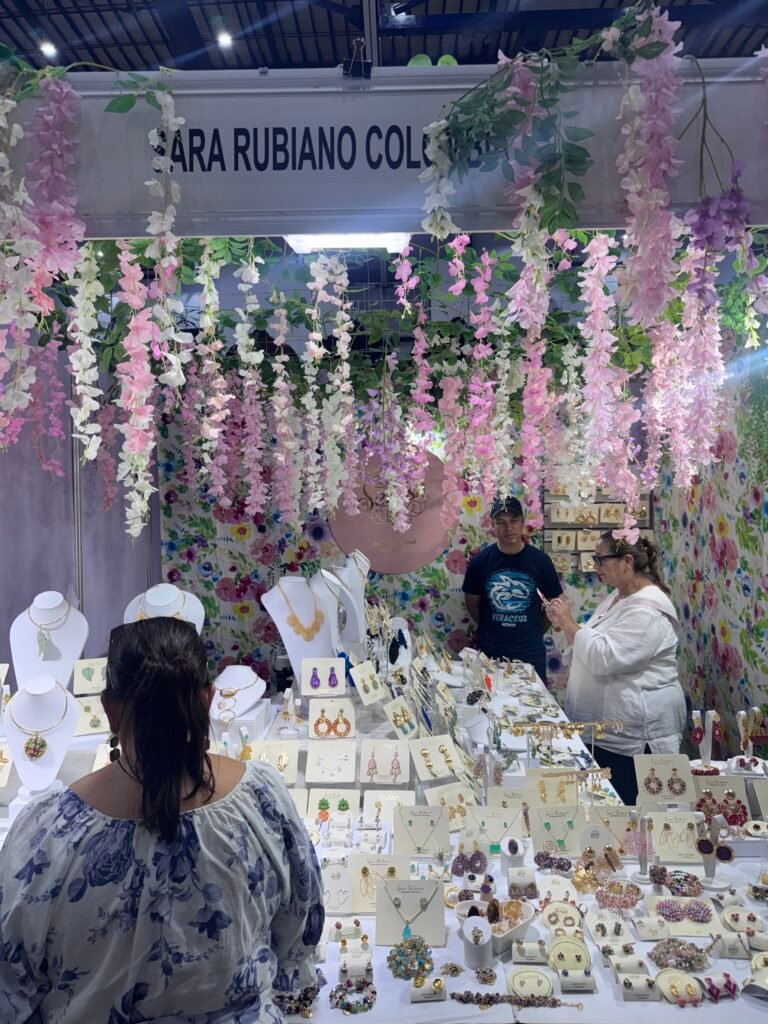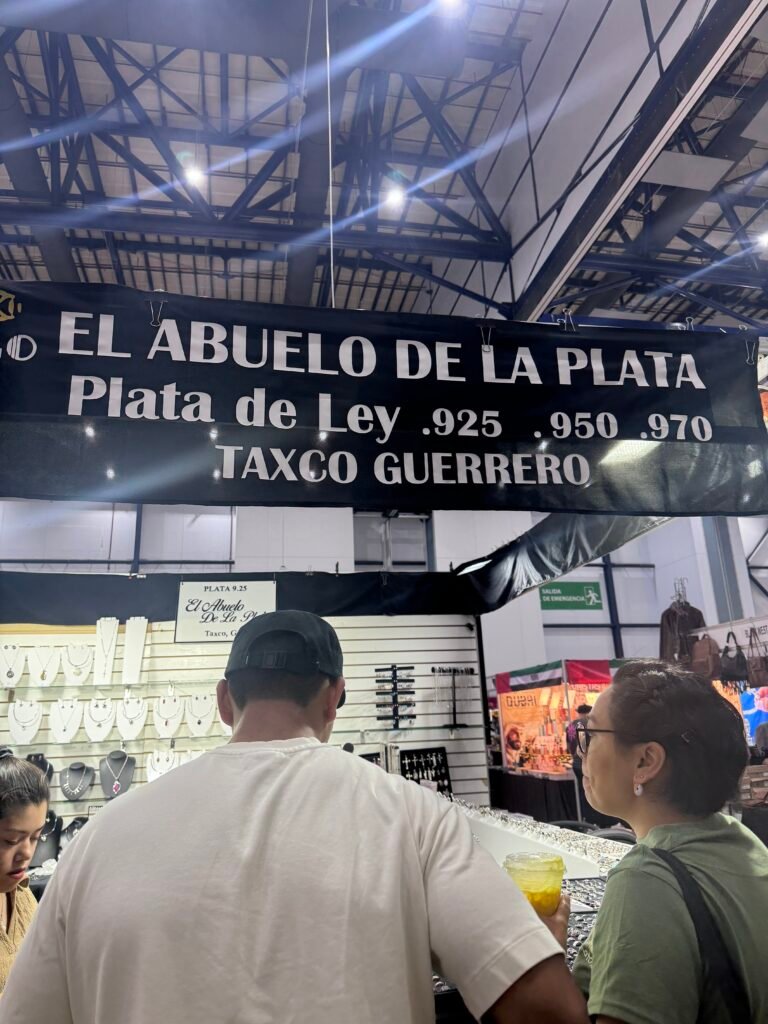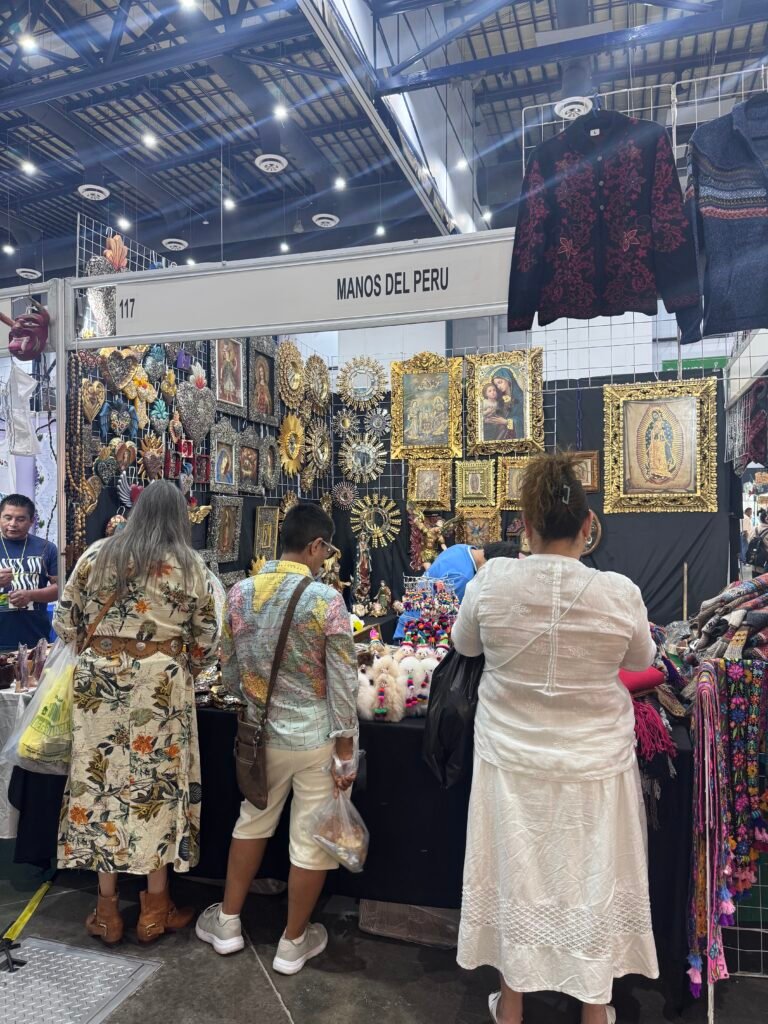A Ribbon Cut with Soul
At exactly 12:30 p.m. on September 12, the air at the Baja California Center wasn’t just filled with incense—it was filled with anticipation.
The Kumiai, one of Baja California’s indigenous communities, opened the 11th Rosarito edition of Expo Tlaqueparte with a traditional spiritual cleansing. It was quiet, reverent, and deeply grounding—an unusual but beautiful way to open a commercial event. And then, like every good Mexican fiesta, came the scissors.
Tourism Secretary Zaida Luz López cut a handcrafted ribbon that looked more like a woven sash than something from Office Depot. No dull red polyester here—this one had character.
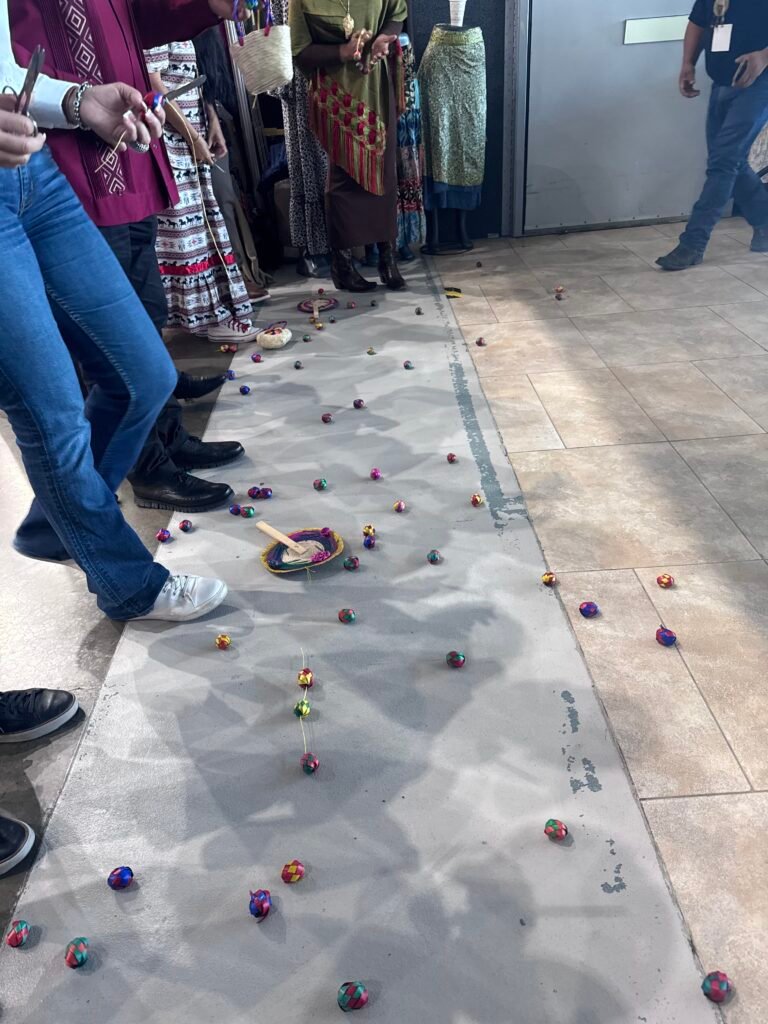
Global Goods, Local Vibes
With over 180 booths and more than 200 artisans, this edition of Tlaqueparte has become a cultural juggernaut. But don’t call it a flea market—this is more like a living museum with very persuasive salespeople.
Exhibitors hail from 25 Mexican states and 16 countries, including:
🇲🇽 Mexico, 🇵🇪 Peru, 🇨🇴 Colombia, 🇦🇷 Argentina, 🇨🇺 Cuba, 🇬🇹 Guatemala, 🇵🇾 Paraguay, 🇪🇨 Ecuador, 🇹🇷 Turkey, 🇷🇺 Russia, 🇬🇷 Greece, 🇮🇳 India, 🇮🇩 Indonesia, 🇰🇪 Kenya, 🇸🇳 Senegal, and 🇪🇬 Egypt.
Each booth offers a slice of its homeland—from Cuban cigars and Colombian hats, to Turkish lamps, Indian jewelry, and Kenyan textiles. Some smells sweet, some smells spicy, all of it pulls you in.
Kumiai to the Core
The Kumiai also have a booth—and it’s more than just symbolic. Their display includes woven baskets, beaded necklaces, pieces inlaid with deer horn, and ethnobotany books that tell you more about Baja’s native plants than most locals know.
It’s not a gimmick. It’s a reminder that we’re standing on their land.
Food, Flavors, and a Little Mezcal
Tlaqueparte isn’t just a treat for your eyes. Your taste buds get a passport too.
You’ll find hand-ground mole, salsas, dulces, artisanal cheeses, fresh coffee, and plenty of tequila and mezcal to keep things interesting. One vendor’s Oaxacan mole tasted like a burnt sienna sunset—complex, smoky, and worth smuggling across borders (figuratively, of course).
Everything is beautifully presented, with textures that range from silky to crunchy and aromas that jump out of the packaging.
Just a Little Buyer’s Advice
Most prices are fair and reflect the work behind each item. But let’s be honest: some copper mugs were priced like they came with a bartender.
Just take a breath before you tap that card. Admire first. Ask questions. If you still love it—go for it. If not, plenty of other booths will charm your wallet.
Plan Your Visit
Tlaqueparte runs until Tuesday, September 16. It’s open daily from 10:30 a.m. to 8:00 p.m., and entry is free. Bring cash, a tote bag, and maybe a little restraint. Or not—live your best artisan-loving life.
And yes, it’s pet friendly. So go ahead, bring your chihuahua named Frida.
If you love culture, craft, and casually dropping phrases like “This is hand-carved from Guatemalan granadillo wood,” this event is for you.
No bad news—just good crafts.

